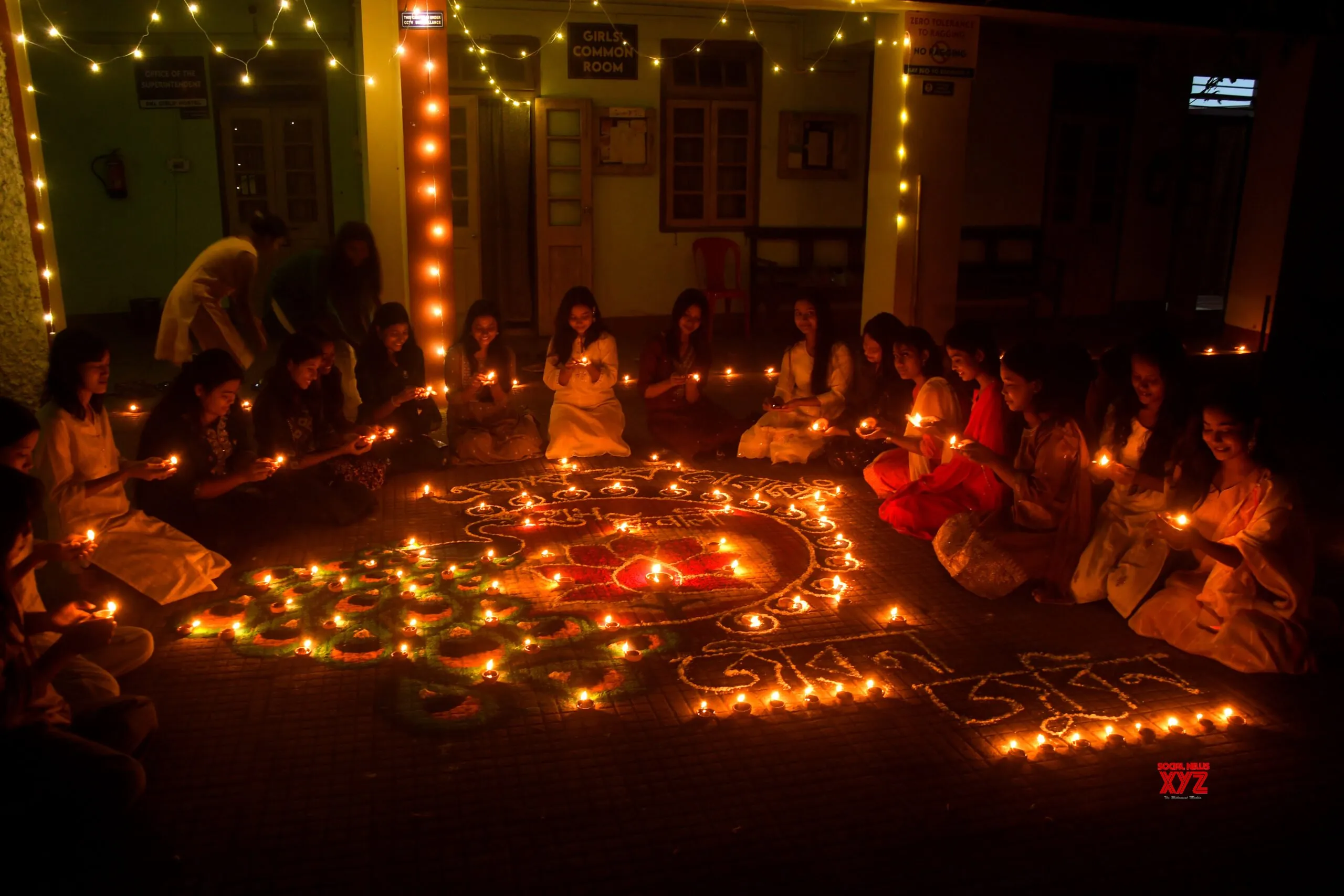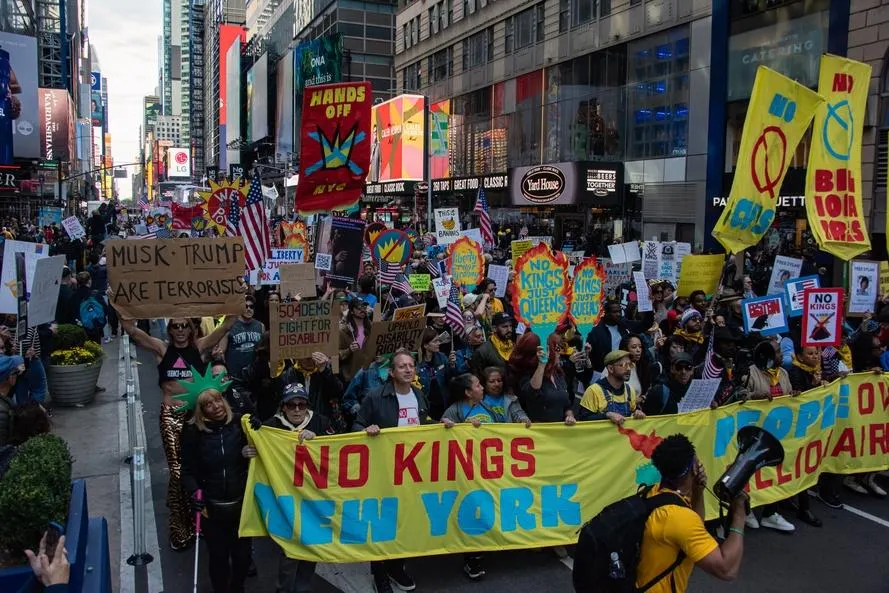Copyright news18

Imagine this: a teacher calls out, “Turn to page sixty-seven.” In unison, a classroom of tweens erupts “SIX-SEVEN!” with exaggerated enthusiasm, sometimes flailing their hands like jugglers. Welcome to the latest Gen Alpha obsession that’s spreading across school corridors from the United States and United Kingdom to Australia. It’s called “6-7”, pronounced “six-seveeeeen!”, and it means… absolutely nothing. That’s the point. The term is a chaotic, silly, viral catchphrase that has become a bizarre inside joke among schoolkids. Like “skibidi” or “rizz” before it, it makes no logical sense but that hasn’t stopped it from becoming a classroom menace and a generational bonding cry. Where Did It Come From? The Many Origin Stories Of ‘6-7’ For most kids shouting “6-7!”, the origins of the phrase don’t matter, but they exist. The phrase first popped up in 2024 in a rap track titled Doot Doot (6 7) by Skrilla, a Philadelphia-based rapper with a growing online presence. The song includes the numbers in its chorus, and fans have speculated that it might reference “10-67,” a US police radio code used to report a death, or perhaps a street number. The real meaning? Still unclear. The track then found its way into TikToks and sports highlight reels, particularly clips featuring LaMelo Ball, a flashy young NBA point guard for the Charlotte Hornets who stands, conveniently, 6 feet 7 inches tall. Ball is a Gen Z basketball icon, known for his social media following and streetwear style as much as his gameplay. The combination of song, height reference, and meme energy gave “6-7” its first viral push. Then came the gesture. Around late 2024, Taylen Kinney, a high school basketball phenom and TikTok creator, added a visual to the phrase, a “juggling” hand motion where he mimicked weighing two invisible objects. In one now-famous clip, Kinney is asked to rate a Starbucks drink out of ten. He pauses and replies: “Like a 6… 6… 6-7,” with the wobbly palms gesture. That indecisive flair became part of the meme’s DNA. Once Kinney’s version caught on, the internet ran with it. TikTok creators mimicked the phrase. NBA fan accounts overlaid it on dunks and crossovers. A viral courtside video of a child screaming “6-7!” with wild eyes and exaggerated hand gestures turned into a symbol of the trend’s most over-the-top version. By 2025, “6-7” had jumped from memes to mainstream pop culture. It was featured in an entire South Park episode, which mocked the moral panic around the phrase. South Park’s latest episode is based around the viral meme “6 7” from Skilla’s song called “Doot Doot” ? pic.twitter.com/RjDGSSCXJZ — ryan 🤿 (@scubaryan_) October 16, 2025 It even popped up in Abbott Elementary, a popular American comedy series set in a public school, a sign that the internet joke had fully entered real-world classrooms. That’s when the shouting began. Kids across the US, UK, and even Australia began yelling “6-7!” whenever a teacher mentioned the number six or seven, or even unrelated moments like reading the time aloud. And just like that, a two-digit throwaway line became the most distracting, most enduring, and most inexplicable school trend of the year. So What Does ‘6-7’ Actually Mean? That’s the million-dollar question, and the answer is: nothing. Or everything. Or whatever you want it to be. The phrase doesn’t follow any joke structure. There’s no punchline, no setup, just the number and the energy around it. Its randomness is part of its charm, especially for students looking to bond over something adults don’t get. Taylor Jones, a linguist and social scientist, told CNN that it’s an example of “semantic bleaching,” where a phrase is stripped of its original context and comes to mean something else, or in this case, nothing at all. Still, that meaninglessness doesn’t stop it from functioning as a social glue. Jones explained that “‘6-7’ serves a critical social function. It’s a shibboleth, a phrase that signifies that one belongs to an ‘in’ group.” Gail Fairhurst, a University of Cincinnati professor who studies leadership communication, agrees. “Language is a way for people to form community,” she told CNN. “Even if it’s a nonsense term, if they seem to know what it means, that can be a unifying force. And if somebody isn’t understanding the term, it can exclude people from that community, as well.” Child psychologist Jennifer Wills Lamacq told The Times that “‘six-seven’ is a massive in-joke… It can’t be explained, you either know or you don’t, you’re in or you’re out.” In other words, it’s less about meaning and more about belonging. Teachers Are Banning It, Kids Are Doubling Down Unfortunately for educators, 6-7 isn’t just a harmless giggle anymore; it’s become a full-blown classroom disruption. “It’s like a plague, a virus that has taken over these kids’ minds,” said Gabe Dannenbring, a seventh-grade science teacher in South Dakota, to CNN. “You can’t say any iteration of the numbers 6 or 7 without having at least 15 kids yell, ‘6-7!’” Michigan language arts teacher Adria Laplander echoed the frustration, telling Today.com: “I’ve been teaching for 20 years and I’ve dealt with all sorts of slang. Nothing has driven me crazier than this one.” She introduced a punishment: students caught saying “6-7” must write a 67-word essay explaining what it means. Repeat offenders face steeper assignments, eventually reaching 670 words. “We are not saying the words, ‘67’ anymore. If you do, you have to write a 67-word essay about … what the word ‘67’ means,” she said in a TikTok video. Fourth-grade teacher Monica Choflet in New Jersey has her own method. Students must write “I will not say ‘67’ in class” — six times on the first offence, seven the second, and 67 the third. “They thought I was kidding but once I made them write it for homework, they said, ‘Whoa, you were serious!’” she told Today.com. Some teachers are adjusting their routines to avoid the numbers entirely. Alex Turnham, a primary school maths teacher in Kent, told The Times, “I have had to change all my lessons to remove any reference to six or seven. Counting to ten is a nightmare.” The Faces Of ‘6-7’ Online, the meme has even spawned a fictional poster boy, a hyperactive teenager dubbed Mason, inspired by a viral video of a boy screaming “6-7!” courtside at a basketball game. He’s now a recurring character in TikToks and analog horror memes that parody the phrase’s uncanny persistence. Comedian Josh Pray summed it up best: “I’m trying to take our numbers back! I’ll be 67 before they know it, and I don’t want to hear that specific tone all around me as a taunt to my age!” Is ‘6-7’ Here To Stay? Probably not for long. Now that adults are dissecting it and teachers are co-opting it, the phrase may be approaching its expiry date. In social media terms, it has already lasted an unusually long time, nearly a year, which is a lifetime for a TikTok-era trend. Some teachers say students have started rolling their eyes at the phrase. Others report that fresh contenders are already emerging, including “41,” another seemingly random number now making its way into hallways and group chats. In a way, “6-7” is a reminder that sometimes, language isn’t meant to make sense. It’s meant to make people laugh, feel connected, or just confuse the adults. And for now, that’s more than enough meaning.



